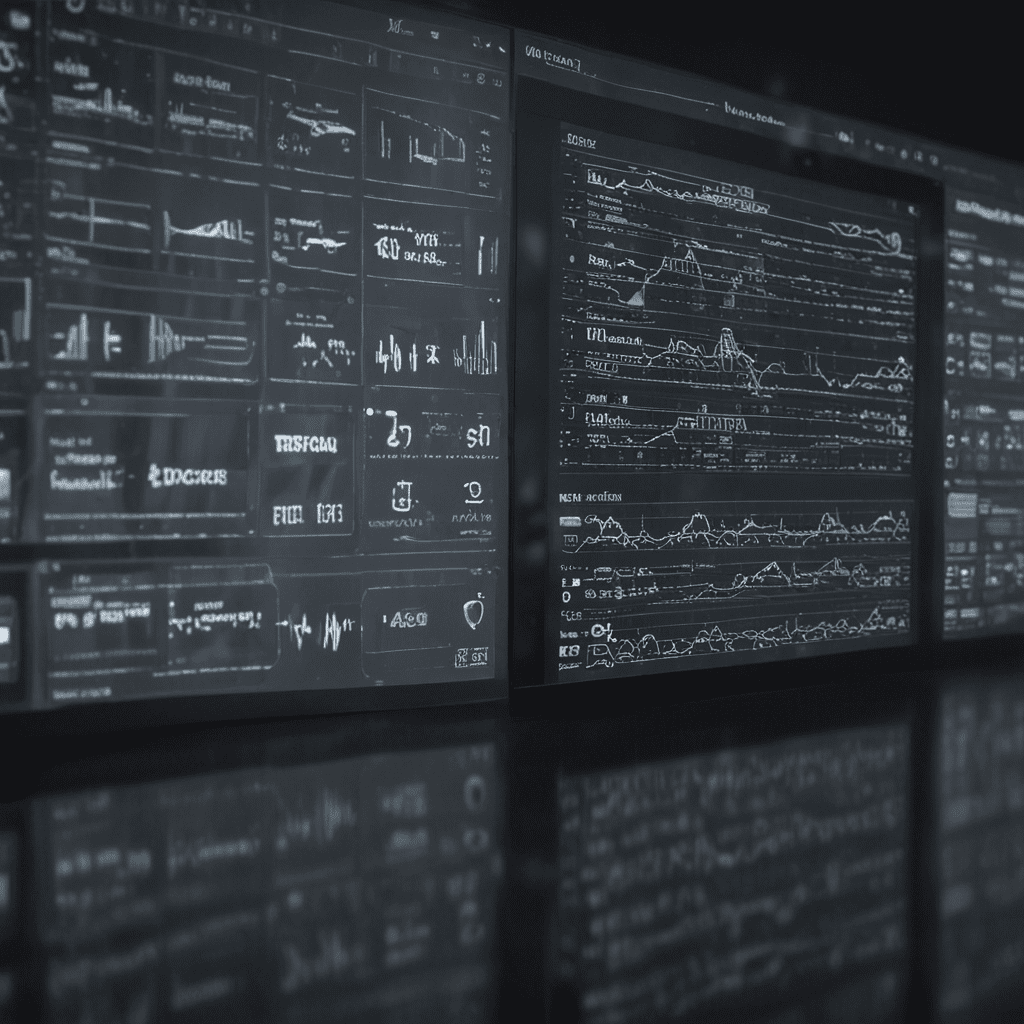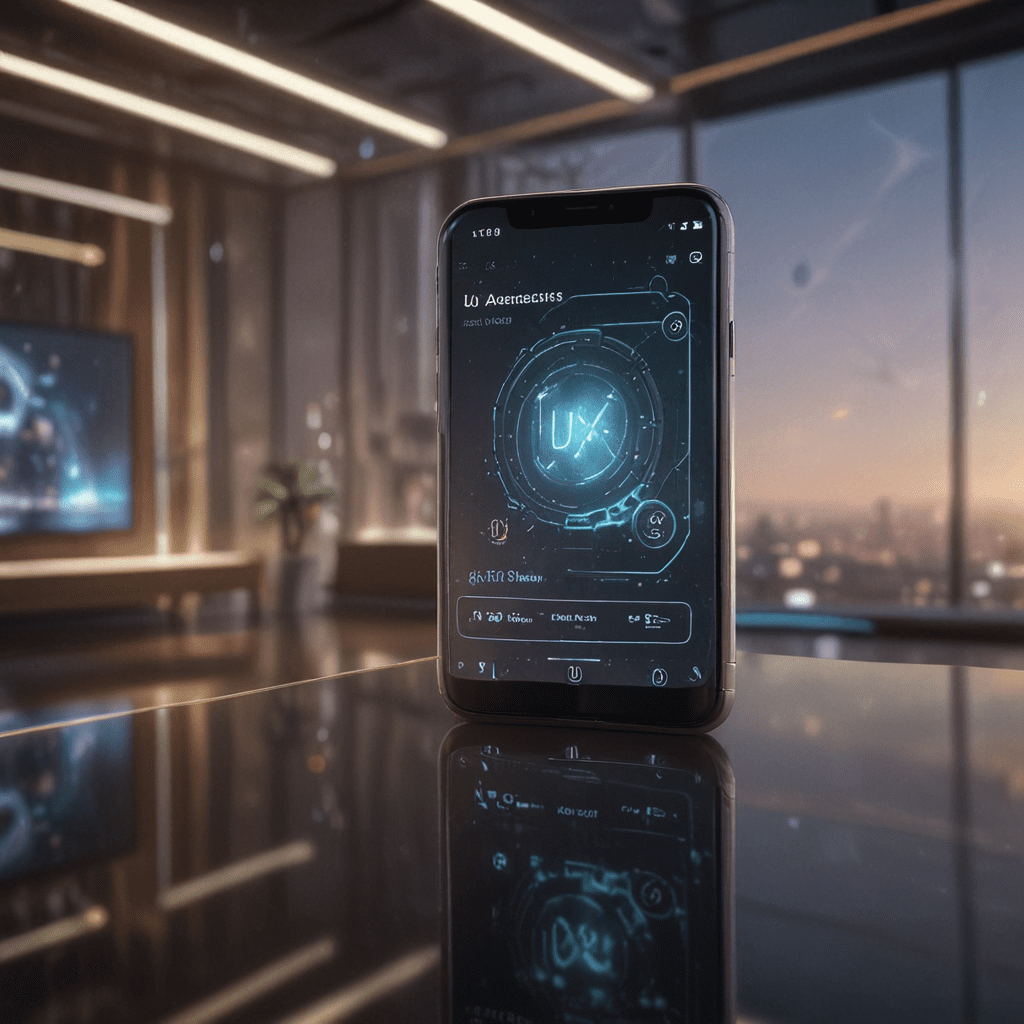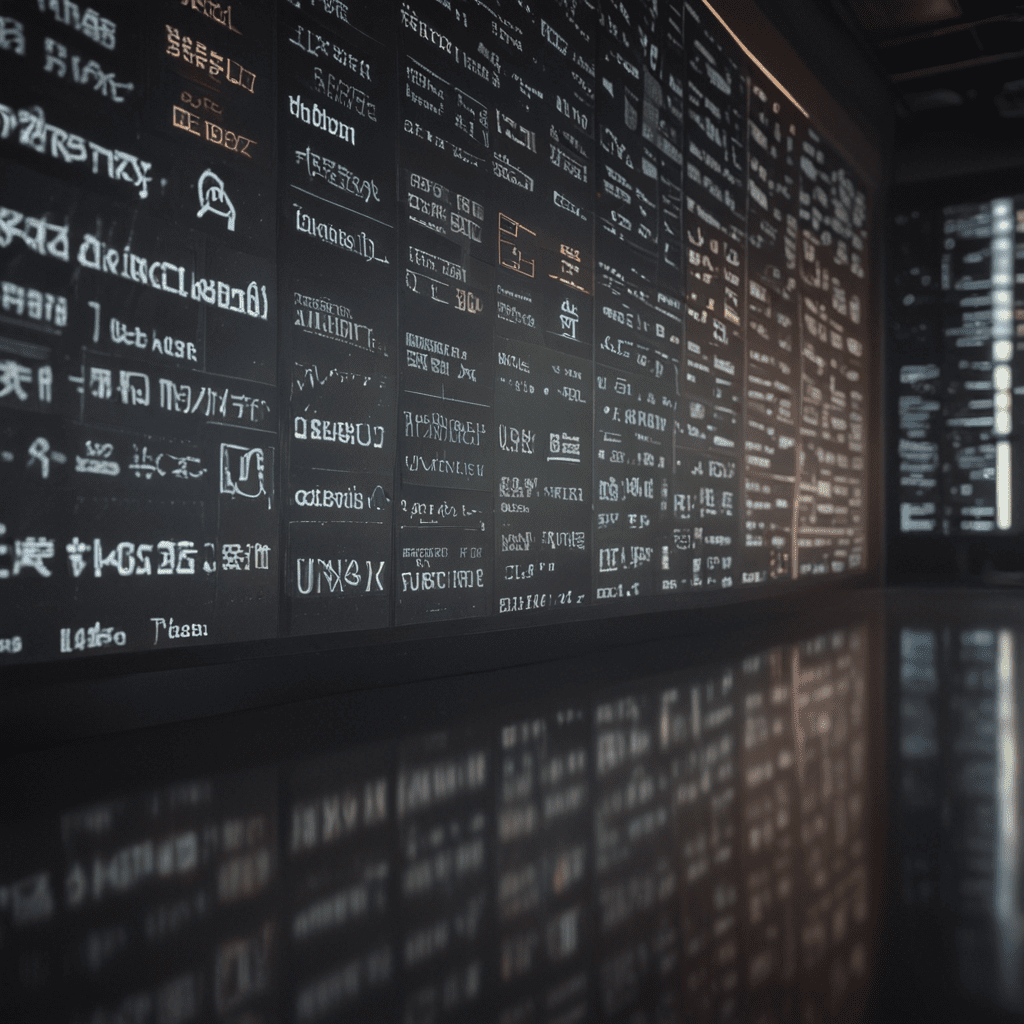
The Future of User Experience (UX) Design in Virtual Reality
1. Introduction: The Rise of Virtual Reality
Virtual Reality (VR) is rapidly transforming the way we interact with the digital world. It offers an immersive experience where users can be transported to different worlds and engage with virtual environments in a realistic way. As VR technology continues to advance, the role of User Experience (UX) design in shaping these experiences becomes increasingly important.
2. The Role of UX Design in Virtual Reality
UX design in VR involves creating an intuitive, engaging, and comfortable experience for users. It encompasses designing the visual and interactive elements of VR environments, as well as ensuring that users can navigate and interact with them effectively. By considering factors such as user perception, spatial awareness, and motion comfort, UX designers aim to create VR experiences that are enjoyable and minimize any potential discomfort or disorientation.
3. Key Principles of VR UX Design
To create effective VR experiences, UX designers follow several key principles. These include designing for immersion, optimizing for spatial navigation, considering user comfort, ensuring accessibility, and emphasizing user feedback. By adhering to these principles, designers can create VR environments that are both engaging and comfortable for users.
4. Challenges and Opportunities in VR UX Design
Designing for VR presents both challenges and opportunities for UX designers. Challenges include addressing issues of motion sickness, designing for different user demographics, and ensuring cross-platform compatibility. However, VR also offers unique opportunities to create innovative and transformative experiences that were not possible before. By embracing these challenges and leveraging the opportunities, UX designers can push the boundaries of VR technology and enhance user immersion and satisfaction.
5. Immersive Experiences and Sensory Design
Immersion is a crucial aspect of VR UX design. UX designers can evoke a sense of presence and engagement by leveraging sensory design elements such as realistic graphics, spatial audio, and haptic feedback. By stimulating multiple senses, designers can create immersive VR experiences that transport users to other worlds and foster a deeper connection with the virtual environment.
6. Personalization and Adaptive UX in VR
Personalization and adaptive UX play a vital role in enhancing user experiences in VR. By tailoring VR environments to individual user preferences and needs, UX designers can create more immersive and satisfying experiences. This involves collecting data on user behavior, preferences, and physical characteristics to dynamically adjust the VR environment. By adapting to each user's unique needs, VR UX design can ensure that every user has an optimal and enjoyable experience.
7. Haptics and Motion in VR UX Design
Haptics and motion are essential elements in VR UX design, enhancing immersion and providing feedback to users. Haptic feedback allows users to feel virtual objects and interact with them in a realistic way, while motion tracking enables users to move and interact with the virtual environment naturally. By incorporating haptics and motion into VR UX design, designers can create experiences that are both engaging and intuitive.
8. Accessibility and Inclusivity in VR UX
Accessibility and inclusivity are crucial considerations in VR UX design, ensuring that everyone can enjoy the benefits of VR. This involves designing VR experiences that are accessible to users with disabilities, regardless of their physical, cognitive, or sensory abilities. By addressing accessibility concerns, UX designers can create VR environments that are inclusive and welcoming to all users.
9. Ethical Considerations in VR UX Design
Ethical considerations are paramount in VR UX design, as VR experiences can have a significant impact on users' mental and emotional well-being. Designers must consider issues such as privacy, data protection, and the potential for VR-related addiction. By adhering to ethical principles, UX designers can create responsible and respectful VR experiences that prioritize user safety and well-being.
10. The Future of UX Design in Virtual Reality
The future of UX design in VR is bright, with exciting advancements on the horizon. As VR technology continues to evolve, UX designers will play a pivotal role in shaping the next generation of VR experiences. By embracing new technologies, innovative design principles, and ethical considerations, UX designers will create immersive, personalized, and accessible VR environments that redefine the boundaries of virtual reality.
FAQs
What are the key challenges in VR UX design?
Motion sickness, designing for different demographics, and cross-platform compatibility are among the key challenges in VR UX design.
How can UX designers enhance immersion in VR experiences?
Realistic graphics, spatial audio, and haptic feedback are effective techniques for enhancing immersion in VR experiences.
Why is accessibility important in VR UX design?
Accessibility ensures that everyone can enjoy the benefits of VR, regardless of their physical, cognitive, or sensory abilities.
How can ethical considerations be integrated into VR UX design?
Privacy, data protection, and the potential for addiction should be carefully considered and addressed in VR UX design to ensure responsible and respectful experiences.


